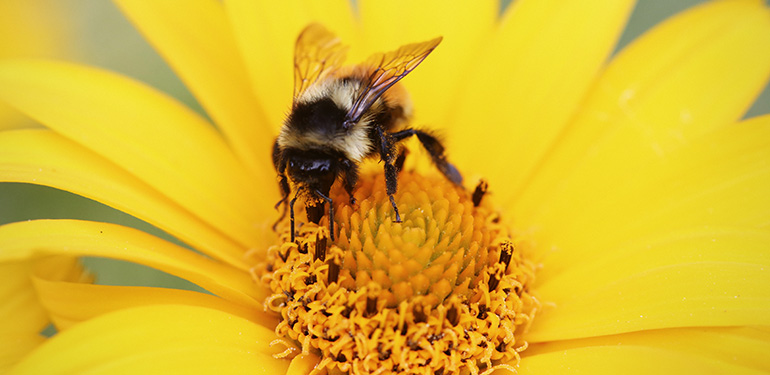Honey is sticky. We’re not referring to viscosity, although the sweet fluid does of course have a thick, gummy consistency. By sticky we mean that as a consumer product, honey has hit a fertile tipping point and is spreading like wildflowers.
Have you noticed that honey is being blended into everything these days? From craft beer to peanut butter, it’s the hot, new, buzzed-about ingredient. Firmenich, a Swiss flavourings company, named honey its 2015 flavour of the year, going so far as to predict that honey will soon enter the classic flavour canon alongside chocolate, vanilla and strawberry. Are you ready for your close-up, Pooh Bear?
As with most mass marketing contagions, this one was pollinated by a mysterious infection. Colony Collapse Disorder was first reported in 2006. But the plight of the honeybees didn’t truly sting the public consciousness until 2013, when data showed that beekeepers had lost 45 per cent of their colonies the previous winter.
ADVERTISEMENT |
How do we save the bees? Well, we could plant flowers, avoid pesticides and adopt-a-hive from one of the many community programs proliferating across North America.
Or we could just eat, shop and spend the spread of this deadly disorder into submission. With the lightning fast speed of a right-winged superhero, consumerism has capitalized on colony collapse in so many fruitful ways.
Will consumerism save the honeybees? Let us count the ways in which it’s trying.
Click here to view gallery.
ADVERTISEMENT |
Related Link: Nicki’s Pick, Burt’s Bees Brightener and Colour Corrector
Do you think consumerism can save the honeybees? let Vv Magazine know in the comments below, or tweet us @ViewtheVibe.






